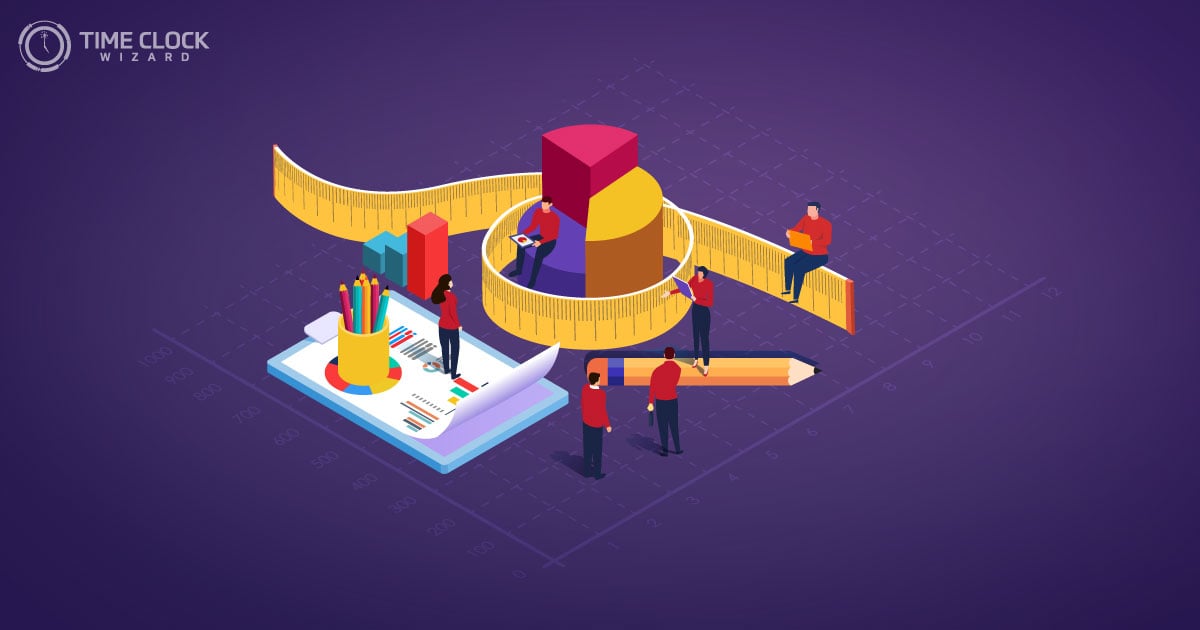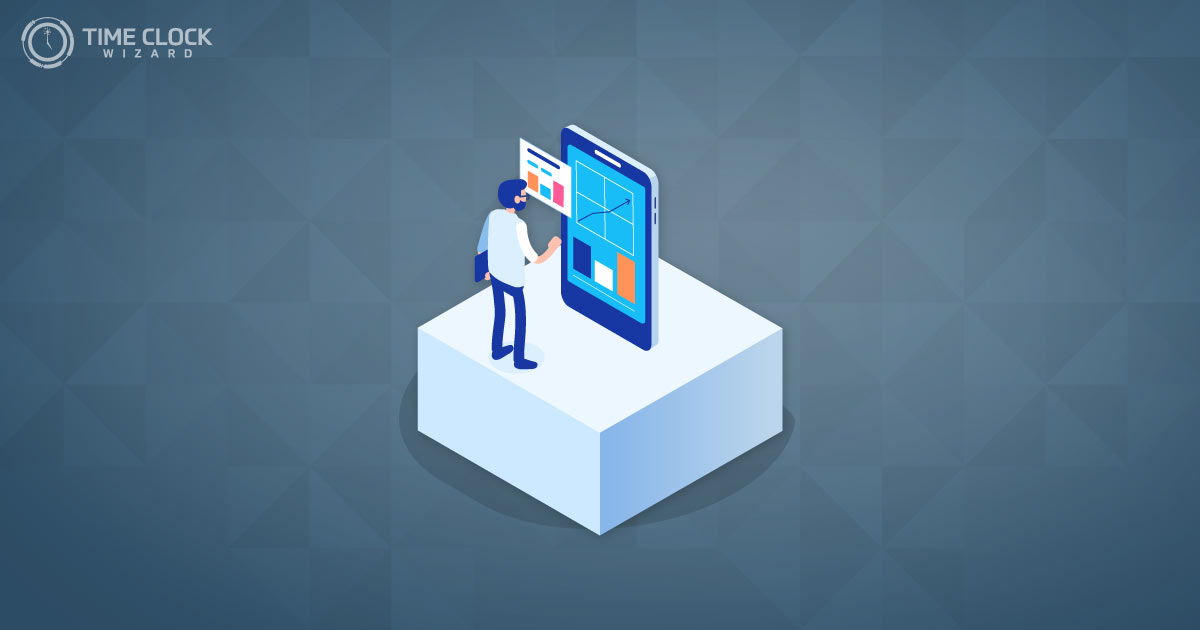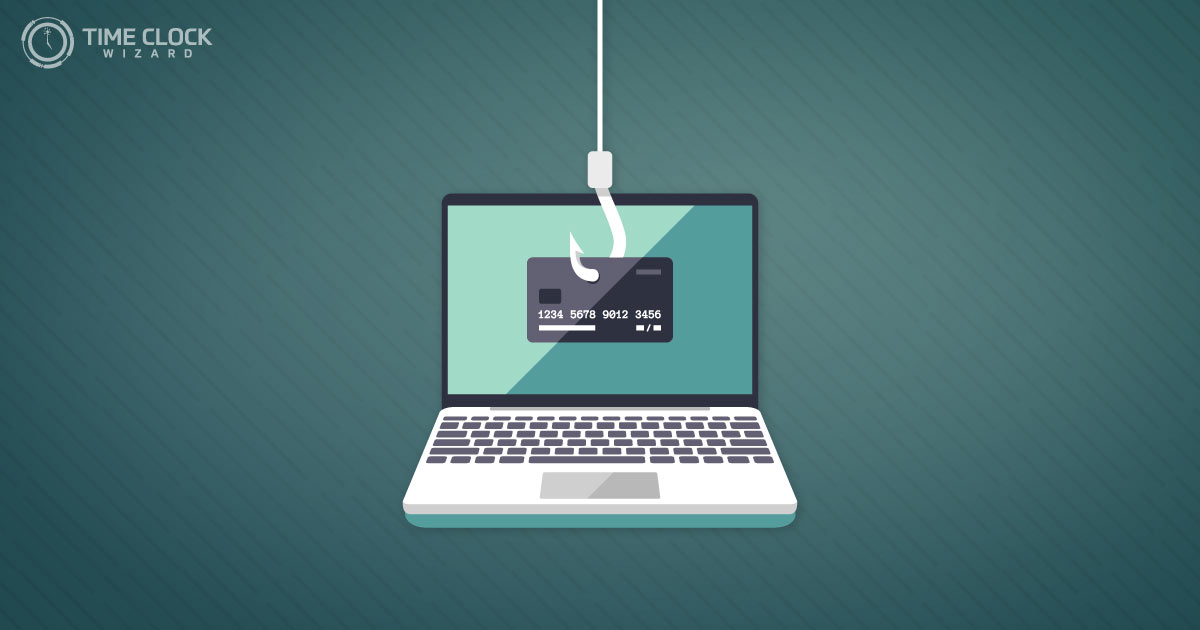
Figuring out how to pay yourself as a business owner can be a bit of a head-scratcher, right? You’ve worked hard to get your business off the ground, but now comes the tricky part: how do you reward yourself for all that effort without putting your company’s finances at risk? It’s all about finding that perfect balance!
In this guide, we’ll explore some effective and smart strategies to help you determine a fair compensation for your role. Not only will this keep your finances in check, but it will also ensure that your business can continue to grow and thrive. Are you ready to dive into the ins-and-outs of paying yourself in a way that makes sense for both you and your business? Let’s get started and unlock the secret to a sustainable and rewarding salary strategy!
Understanding Salaries vs. Owner’s Draw in Business
When deciding how to pay yourself as a business owner, understanding the difference between salaries and owner’s draws is crucial. Each method has its own set of advantages and considerations depending on the structure of your business and your financial goals. But what exactly are these differences, and how do they impact your personal and business finances?
Salaries involve paying yourself a regular, predefined amount, much like any other employee. This method is straightforward and makes budgeting easier due to its predictability. Salaries are also subject to payroll tax, which simplifies tax payments and withholdings. On the other hand, an owner’s draw is an amount taken from the business earnings, which can vary based on the company’s profitability or your financial needs at a particular time.
Are you leaning more towards a fixed income, or does the flexibility of a draw seem more appealing? The choice can significantly affect your workflow and financial management. For instance, if your business experiences seasonal fluctuations or is still in its growth phase, the flexibility of an owner’s draw might be advantageous. However, if consistent income and easier tax management are your priorities, a salary could be the better choice.
- Advantages of Salary: Consistency, easy budgeting, straightforward tax handling.
- Advantages of Owner’s Draw: Flexibility with withdrawals, suitable for businesses with fluctuating incomes.
- Decision Factors: Business type, financial stability, personal cash flow needs.

Determining a Fair Salary: Factors to Consider
Knowing how much to pay yourself as a business owner can be quite the balancing act. It’s crucial to consider various factors that affect how you compensate yourself. Getting this right has significant implications on both personal and business financial health. Have you thought about what a ‘fair salary’ really means for you as the owner?
Understanding Market Rates and Industry Standards
It’s essential to start by researching market rates within your industry. What are other entrepreneurs with similar business sizes and types paying themselves? Remember, a well-informed decision helps maintain competitiveness and operational harmony.
Considering Business Profitability
Your business’s financial stability is a critical determinant. It might be tempting to draw a substantial salary, but it’s vital to assess the broader impact on your business’s cash flow and growth opportunities. How will your salary affect the company’s financial future?
Reflecting on Personal Needs and Goals
Lastly, align your salary with your personal financial goals. While it is essential to be mindful of your business’s capabilities, ensuring that you can financially sustain your lifestyle is also crucial. A balanced approach is key when you pay yourself as a business owner.
Legal and Tax Implications of Paying Yourself
When deciding how to pay yourself as a business owner, understanding the legal and tax implications is crucial. It’s not just about how much or how often you pay yourself, but also about how you structure those payments. Are you aware of the differences in tax liabilities between a salary and an owner’s draw?
For instance, if you’re paying yourself a salary, this must be done through a payroll system, with applicable taxes withheld just like any other employee. This means dealing with withholding taxes, FICA (Social Security and Medicare), and possibly unemployment insurance. On the other hand, taking an owner’s draw means you’re pulling money from the business earnings directly, which could alter your year-end tax obligations and might not require immediate tax withholding but you must pay estimated taxes throughout the year.
💡 Do you consider the potential legal consequences of your pay structure choice? Improper payment structures can lead you to non-compliance penalties from the IRS. Therefore, it’s essential to consult with a tax professional or an accountant who understands your business structure (whether it’s an LLC, a partnership, or a corporation) to help map out the most optimal pay strategy.
Finally, the documentation is key. No matter the method you choose, maintaining accurate and detailed records is vital to support your financial decisions and for staying compliant with tax laws. This ensures that whenever there’s scrutiny from a legal standpoint, you’re well-prepared to validate every transaction related to your own compensation.

Strategic Financial Planning for Business Owners
Navigating the financial aspect of owning a business can often feel like a tightrope walk, especially when it comes to deciding how to pay yourself as a business owner. Finding the sweet spot for your personal compensation is crucial—not only for your own livelihood but also for the financial health of your business. So, how can you do this strategically? 🤔
Strategic financial planning plays a pivotal role. It isn’t just about picking a number that looks good; it’s about understanding the analytics behind that number. Have you considered how your salary impacts cash flow? Or what paying yourself more or less means for business growth? These are questions that need answers, and you’ll find them through thoughtful financial planning.
- Forecasting future cash flows to ensure there’s enough cash on hand after you pay yourself.
- Revisiting your business plan regularly to align your salary with the business goals and performance.
- Seeking advice from financial advisors to understand how much you can afford to pay yourself without hurting your business.
Implementing a robust strategic financial plan allows you to confidently draw a salary that reflects your worth as a business owner while securing your company’s financial future. Isn’t it time you took control of both your personal and business finances with a well-rounded approach? Let’s explore how to make that happen!
How Often Should Business Owners Pay Themselves?
Deciding how often to Pay Yourself as a Business Owner isn’t just about personal preference—it’s a strategic decision that can significantly impact your business’s cash flow and your personal financial stability. Have you thought about the frequency that would work best for your entity’s financial health?
Most business owners struggle with the question of frequency. Should it be monthly to align with regular expenses? Bi-weekly as many employees are accustomed to? Or perhaps a more fluid approach, adjusting to the ebb and flow of the business’s revenues? Understanding your business’s cash cycle is crucial in making an informed decision.
- Monthly payments for consistent expenses coverage
- Bi-weekly to maintain a familiar pay structure
- Variable payments aligned with business revenue flow
It’s essential to balance your own financial needs with the operational needs of your business. Are your personal expenses typically fixed, or do they fluctuate? Aligning your draw or salary frequency with your personal financial needs can prevent cash flow issues that might strain both business and personal budgets. 📊✅
Common Questions
What’s the best way to pay yourself as a business owner?
The best way to pay yourself as a business owner largely depends on the structure of your business. Sole proprietors and partners in a partnership may take draws, which are withdrawals of a portion of their share of profits. This method is simple but does not include taxes, so these need to be paid separately. For owners of corporations, paying oneself a reasonable salary as an employee is generally the method used, and this salary is subject to payroll taxes. Additionally, S-corporation owners can receive additional money through dividends, which are typically taxed at a lower rate than income.
What is it called when you own a business and pay yourself?
When you own a business and pay yourself, this is commonly referred to as drawing a salary or taking owner’s draws. The terminology and method can vary based on the structure of the business. For instance, sole proprietors and partnerships often use the term ‘owner’s draw’, while in corporations it’s referred to as a salary or wages when it involves a paycheck through payroll, and dividends when profits are distributed outside of salaries.
Can you write off paying yourself as a business owner?
Whether you can write off paying yourself as a business owner depends on how the payments are structured. If the payments are salaries from an S-corporation or C-corporation, they are considered operating expenses and are generally deductible by the corporation, thereby reducing the business’s taxable income. However, for sole proprietors and partners in partnerships, owner’s draws are not deductible business expenses because they are paid out of the owner’s share of the profits after taxes.
Can the owner of an LLC pay himself through payroll?
Yes, the owner of an LLC can pay himself or herself through payroll. If the LLC is treated as a corporation (either an S-corporation or C-corporation) for tax purposes, the owner can receive a formal salary, which involves withholding for taxes and potentially other deductions. This salary must be reasonable and be similar to what someone in a similar position would earn. If the LLC is treated as a sole proprietorship or a partnership, the owner generally takes draws rather than formal payroll checks.
Case Studies: Effective Strategies from Successful Entrepreneurs
Understanding how to Pay Yourself as a Business Owner is paramount, and who better to learn from than successful entrepreneurs themselves? These case studies illuminate the varied strategies employed by seasoned business owners, providing real-world insights that could be pivotal in shaping your own financial blueprint.
Smart Allocation of Profits
One entrepreneur’s approach involves a dynamic strategy where percentages of profits are allocated differently depending on the business cycle. Isn’t it clever to adjust your salary based on current earnings and projected needs?
Diversification of Revenue
Another successful business owner doesn’t rely solely on direct draws from the business. Instead, they diversify by investing a portion of the business profits into other income-generating assets. This not only secures a steady income stream but also builds a robust financial portfolio over time.
🌟 These strategies from successful entrepreneurs offer a glimpse into the strategic considerations necessary to sustain and grow both personal and business financial health. What strategy aligns best with your business goals?
Final Thoughts: Guide on How to Pay Yourself as a Business Owner Effectively
Navigating the realm of personal compensation as a business owner can be tricky, but now that we’ve explored the ins and outs on how to pay yourself as a business owner, it’s clear that a thoughtful approach can lead to sustainable personal and business financial health. Did the case studies of successful entrepreneurs inspire you to rethink your strategy?
Remember, it’s not just about how much you pay yourself, but how you manage that income that counts! 🚀 Keep these insights in mind, consult with a financial advisor when needed, and set the stage for a thriving business and personal financial future. Start implementing these smart strategies today and see the difference it makes. Here’s to your success!





